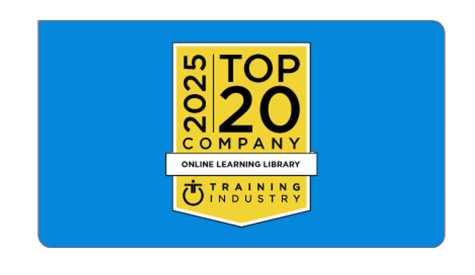Succession Planning: Solving Issues Before They Form

In day-to-day operations and their accompanying challenges in IT, marketing, compliance, and so forth, there often isn’t time to focus on projected problems. In reality though, effective company leadership must face the fact that any organization, including theirs, could experience just one life event — a big client expansion, a C-level sabbatical, or a maternity leave, that extends into a career switch—away from an unexpected change in leadership.
Unfortunately, most organizations are ill-prepared for those changes. AMA Enterprise, a division of the American Management Association, surveyed 1,098 senior managers and executives and found that just eight percent of companies have a “comprehensive development program” that is part of the organization’s business plan. The survey also revealed that about 25 percent of companies have done no succession planning whatsoever.
Successful organizations, on the other hand, have an integrated, ongoing succession plan that is process-driven, focused on existing staff, and emphasizes training and development. Like any plan, succession plans are easier to tackle when broken down into incremental steps that are transparent, easily accomplished, and encourage company-wide buy-in. Though succession plans vary, here are five critical elements common to most:
1. Identify the essential positions in your organization.
The C-level leaders are obvious, but be sure to drill down and include positions integral to the company’s strategic plan. R&D? M&A? Adding a new vertical sector to the product offerings? Conversely, maybe the company’s five-year plan calls for phasing out the in-house marketing department and outsourcing those services to a large agency. If that were the case, there will be no need to scope out a successor for the marketing project manager and the art director, but you would still need a chief marketing officer to manage strategy and oversee the outside agency.
2. Determine the traits and skills needed by people in those key positions.
Compile a list of requirements for each essential player as the must-haves, and then augment those lists with the nice-to-haves—the combined list for each position are the competencies you’ll be looking for in successors. The resulting education program created for your organization will focus on the training and development of the selected candidates in the areas necessary for optimal fulfillment of the key roles. In other words, this may be an opportunity to upgrade expectations.
3. Pinpoint and evaluate internal candidates for each identified position.
Determining candidates for promotion from within the organization is ideal—current employees already know the company; its culture; its people; its mission, vision, and strategy. California State University professor and management consultant Jed DeVaro says internal candidates have developed skills specific to the organization, which tends “to induce long-lasting employment relationships between workers and employers because the uniquely productive employment relationship benefits both parties.” He adds that expectations that the relationship will last puts emphasis on further skill development, and “… the company’s recruitment and training money is best spent preparing current employees for expanded leadership roles.”
4. Involve team managers and department leaders from all corners of the company.
They know the organization’s workers, their accomplishments and their aspirations … and their shortcomings. Be sure those team managers and department leaders are well versed in the company’s strategic plan for the foreseeable future and beyond. If they aren’t, you have other internal communications that need to be addressed. If they are, their candid input in succession plan implementation is critical. In addition they may serve as mentors to the identified successors. Indeed, some of them may be identified successors themselves.
5. Commit to a structured program of enhancing the firm’s internal talent.
Such a training program will have a solid component geared to developing the traits and skills of the identified succession candidates in order to bridge the gap between where they are now and where they need to be. That training could cover things as simple as Excel competency to more advanced topics, such as running an effective executive meeting or understanding the company’s compliance requirements.
Identifying and training the next wave of potential candidates, while challenging, offers further benefit. Independent management consultant Amr Arafa reports turnover costs at 12 percent of pre-tax income for the average company, and 40 percent of pre-tax income for companies in the 75th percentile of employee turnover. In contrast, says Arafa, retraining existing employees only costs business training expenses. In other words, hunting for new employees is much more costly than training the ones you have.
If you are interested in ways to equip your next generation of leaders with the skills they need using engaging but quick eLearning videos, check out our leadership training courses today!


